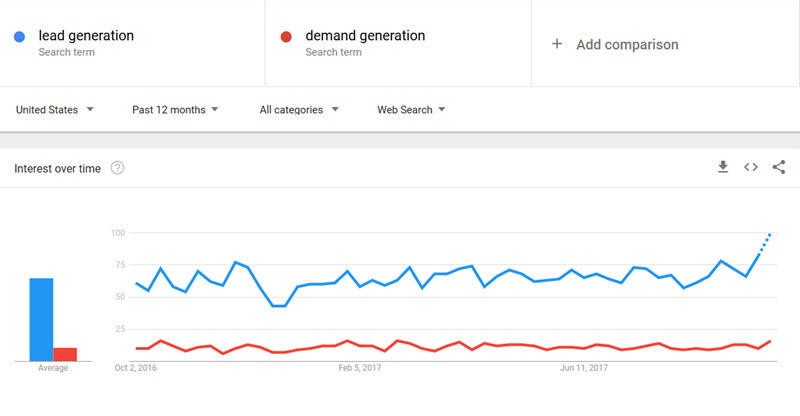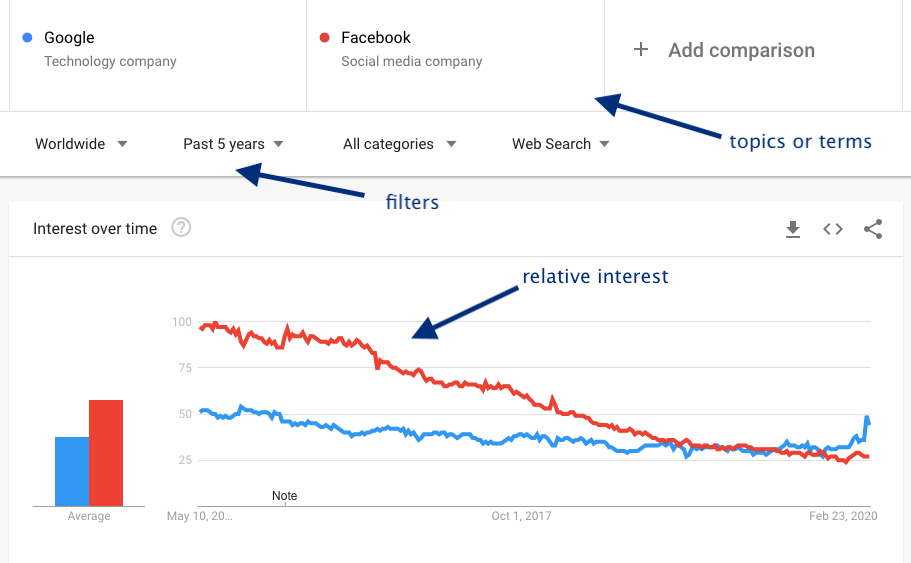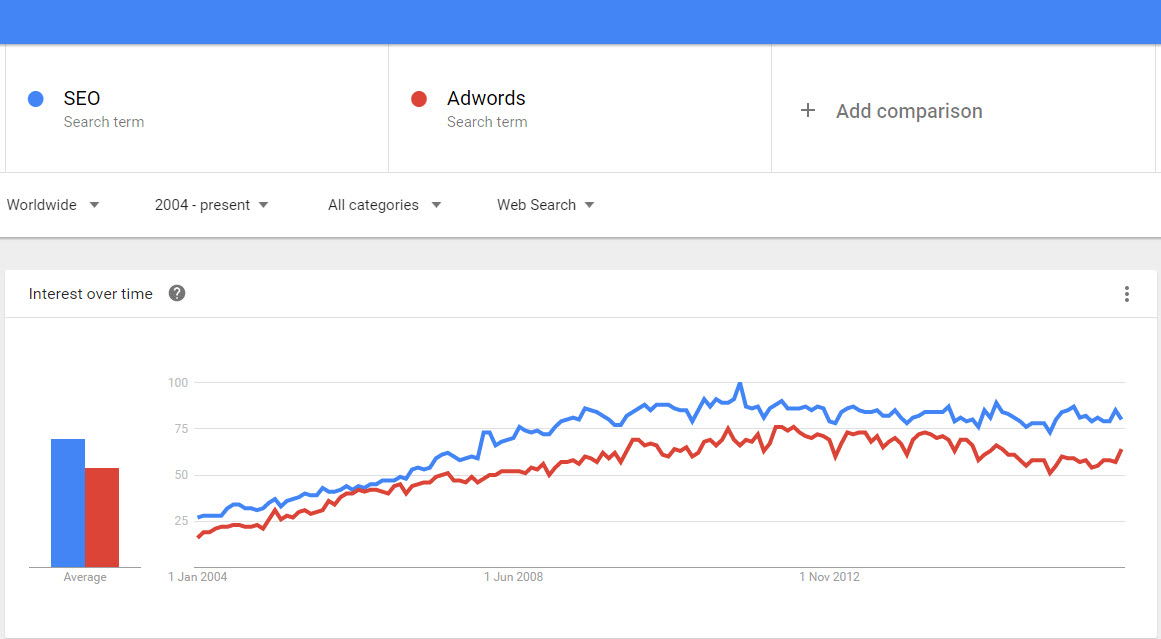
Providing access to the entire data set would be too large to process quickly. “While only a sample of Google searches are used in Google Trends, this is sufficient because we handle billions of searches per day. They explain the reason quite pragmatically: Not including this element into the consideration (e.g., by restricting the window on a period with a strong seasonal effect) can also bring a bias into the interpretation of results.Īnother limitation of the data arises from random sampling by Google.
#Google trends series#
Since GT data are time series, they contain all-time series components, including seasonality. There is, therefore, a trade‐off between using high‐frequency daily series neglecting long‐run trends versus time‐consistent monthly series, where search volumes are comparable at different and distant points in time. This frequency inconsistency means that daily data fail to capture long-run trends. The aggregation of daily, weekly, and monthly series to lower frequency would lead to different results for any keyword. Daily data is best to analyze short-term behavior over several days. Weekly data is best to analyze the searches over a few weeks.ģ. Monthly data captures the long‐term trend in search activity in the most accurate way.Ģ. In principle, we can rely on these rules offered by Eichenauer et al. The resulting numbers are then scaled on a range of 0 to 100 based on a topic’s proportion to all searches on all topics (Google, 2022).Īs a result, the long-run consistency of the time series depends strongly on the time frame and frequency of the data. Each data point is divided by the total searches of the geography and time range it represents to compare relative popularity.Ģ. The first comes from the construction of the data itself since, for privacy reasons, the raw volumes are transformed into an index.ġ. Let’s go a bit deeper into the literature on the limitations of GT data.

TrendEcon R package that fixes lots of the potential problems resulting from the data normalization.Topics such as frequency inconsistency, seasonality, and random sampling, can bring a significant bias when analyzing the time series.

Google does not provide search volumes but aggregates them to an index that reflects the variation across time and relative differences to other search terms.
#Google trends free#
A free Data Studio connector also enables real-time reporting with GT data.ĭespite its intense use by companies and researchers, much less has been discussed about the peculiarities and limitations of this dataset.
#Google trends download#
Except for the web page allowing the users to download their pieces of data manually and Google Trends Datastore, providing pre-processed datasets on multiple topics, there are APIs for Python ( PyTrends) and R that allows accessing the data automatically.

Google Trends (GT) is a publicly available database that provides aggregated data on search queries in Google across various regions and languages.


 0 kommentar(er)
0 kommentar(er)
